As communicators in the health care sector, recognizing and addressing racial disparities in mental health is a high priority. And often, health communicators aren’t aware of the racial care gaps related to mental health treatment. For example, Hispanic and Black Americans have used mental health services about half as much as White Americans within the past year.
Spotlighting Black, Indigenous, and People of Color (BIPOC) Mental Health Awareness Month, we explored the systemic health care barriers BIPOC face, how these barriers affect access to care and what can be done as communicators to bring attention to these issues.
BIPOC face barriers to mental health treatment.
Austin Muchow, Licensed Marriage and Family Therapist (LMFT), sees firsthand the challenges that many people face when trying to access mental and behavioral health services. “There are a lot of barriers present in health care that prevent people of color from accessing services,” said Muchow. “Some big factors are not having access to clinics that provide culturally competent care, being under or uninsured, and experiencing discrimination and racism or cultural stigma in health care settings.”
Racial disparities in mental health treatment are further explored in this report by the American Counseling Association: “Statistics show that over 50% of those incarcerated have mental health concerns. This suggests that rather than receiving treatment for mental illness, BIPOC end up incarcerated because of their symptoms.”
Of course barriers to treatment can also affect health outcomes for BIPOC. Rachel Hardeman, PhD, MPH from the University of Minnesota, School of Public Health shares her perspective on Structural Racism and Supporting Black Lives – The Role of Health Professionals. “In Minnesota and across the nation, health care professionals have an obligation and opportunity to contribute to health equity in concrete ways.”
Five ways communicators can help address barriers and move change forward:
1. Recognize BIPOC mental health barriers and educate yourself.
Educating yourself and your organization about these disparities will prepare you to play your part in transforming the health care landscape and become a true changemaker at a time when these barriers must be tackled head on.
Chelsea Williams, a member of Wilder’s BIPOC changemakers of Community Equity Program, is an Extension educator for the University of Minnesota Extension in Health and Nutrition. “Individual wellbeing is centered in community wellbeing,” said Williams in her recent blog. During these challenging times, her reflections on maintaining mental health and the benefits of championing culturally relevant concepts, including collective care, are critical points of consideration.
2. Watch for disparities when creating marketing initiatives and communicating internally and externally.
Are your marketing materials reflective of diverse populations? Are your communication materials inclusive? By examining how our language, tactics and marketing plans engage BIPOC and people of various cultures, we can better create a health community of inclusivity. Consider implementing diversity and inclusivity marketing training within your department.
Related: Learn how marketers are supporting maternal health justice with communications.
3. Connect your organization with nonprofits and programs aimed at bettering BIPOC mental health.
“There are several great mental health organizations out there,” said Muchow. “If you’re able, see if they need volunteer help or funding needs. Many of these organizations are nonprofits and are always on the verge of losing their funding. Contribute to organizations like The Loveland Foundation that provide scholarships for people’s therapy. Get connected.”
Funding programs such as Dollars for Doers can be an avenue for garnering large-scale workforce volunteers, pooling company donations and making them go further with fund matching initiatives. If your organization has a foundation arm, you can also bring BIPOC funding initiatives to leadership, too.
4. Serve as a mentor to a BIPOC individual through a professional network, and encourage more BIPOC to get involved with marketing and health care careers.
One way to directly help tackle inequity is to offer to serve as a mentor and share your own skills with BIPOC interested in the marketing and communications realm.
In fact, a Harvard Business review study found that mentoring programs help make companies’ managerial levels significantly more diverse. The review reports that they boost the representation of Black, Hispanic and Asian-American women, and Hispanic and Asian-American men by an average of 9% to 24%.
You can also research ways to help connect BIPOC interested in health care roles with your organization, and find new avenues to generally improve diversity in the workplace.
5. Break mental health stigmas.
Discussing mental health has historically been taboo. Changing the narrative is essential. Just recently, we’ve seen global examples of BIPOC women leading change by prioritizing their mental health and challenging stigmas.
You can also take personal steps to obtain treatment for yourself if you need it. “If you’ve been putting off therapy and mental health services, take the step to go and get started,” said Muchow. “That does a lot of wonderful things for breaking stigma, as well.”
INTERESTED IN COMMUNICATING THE VALUE OF INCLUSION?
Learn how marketers are changing the health narrative.

